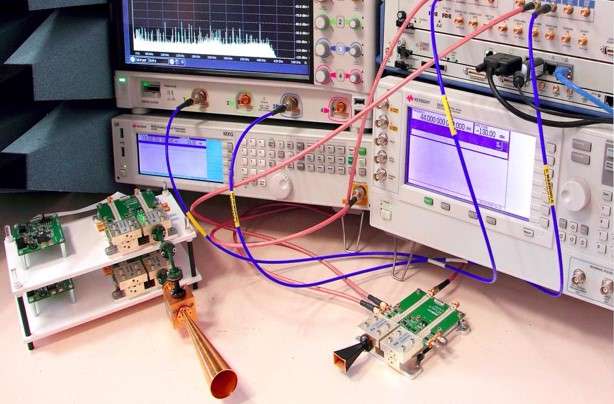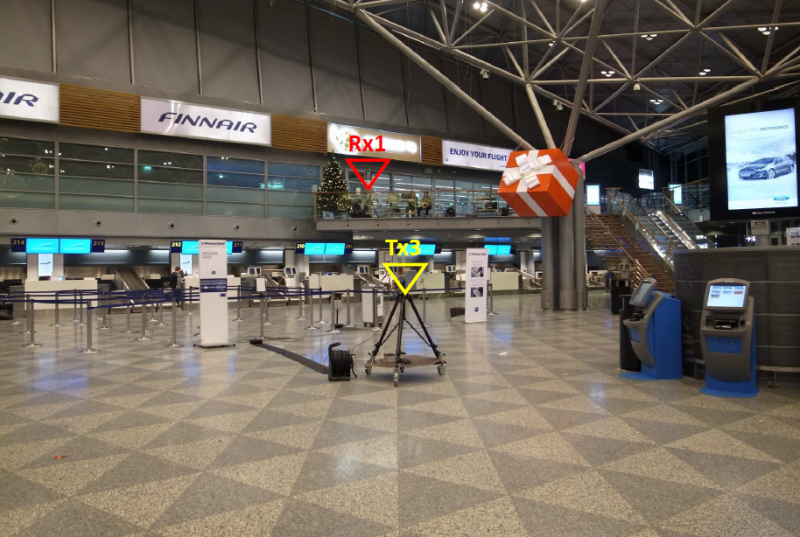Ultrafast 5G mobile broadband thanks to millimeter-wave band technology

The ideal of seamless mobile communications poses fundamental challenges to legacy networks that the new 5G communication networks currently under development need to solve. One such challenge is supporting the significant growth of traffic demands. Next-generation services such as mobile cloud services, gaming, social-networking applications and 3-D immersive applications require massive capacity and higher data rates than current 4G networks can sustain.
Researchers at IMDEA Networks in collaboration with 18 partner organizations have developed and designed a new mobile radio access technology for deployment in mm-wave frequencies, a highly promising candidate solution for efficient, high-capacity data delivery.
Millimeter-wave (mm-wave) systems exploit frequencies above 10 GHz. Communications at such high frequencies pose unique challenges. On the one hand, mm-wave systems achieve data rates that are orders of magnitude higher than current systems operating at lower frequencies. On the other hand, mm-wave links experience high variability in channel quality due to high propagation loss and unfavorable atmospheric absorption. Hence, the fundamental question the mmMAGIC project aimed to answer is how to efficiently overcome the challenges and benefit from the potential gains arising from the use of mm-wave frequencies.
The mmMAGIC solution is a new radio system concept for mobile broadband communications targeting operation in wide-contiguous bands in mm-wave frequencies. The new radio is a ready-to-use solution that meets the anticipated end-user and traffic demands of networked society in the 2020 time frame, and addresses the specific challenges of mm-wave bands. In particular, the new radio concept takes advantage of novel channel models proposed in the framework of the project and provides a new antenna design with hybrid beamforming capabilities. The antenna design addresses important practical constraints for real deployment, such as antenna size, cost and complexity. The validity of the system design has been corroborated by hardware-in-the-loop experiments, showing its effectiveness under real channel conditions and with actual hardware.

Within the mmMAGIC project, conceptual enablers that will compose the new mm-wave 5G architecture have been identified and assessed. In addition to the enablers, radio access network and transport functionalities for network integration of mm-wave radio access technology have been introduced. Within the former category, a predictive beam-steering approach has been proposed to improve performance of mm-wave links and relieve part of the time burden caused by beam training procedures. The approach exploits history information about the users' movement patterns and can also be employed for accurate indoor localization systems.
Provided by IMDEA Networks Institute




















